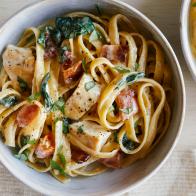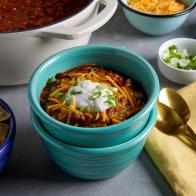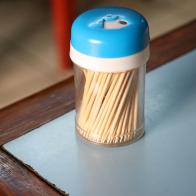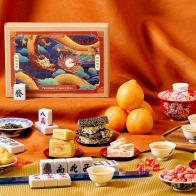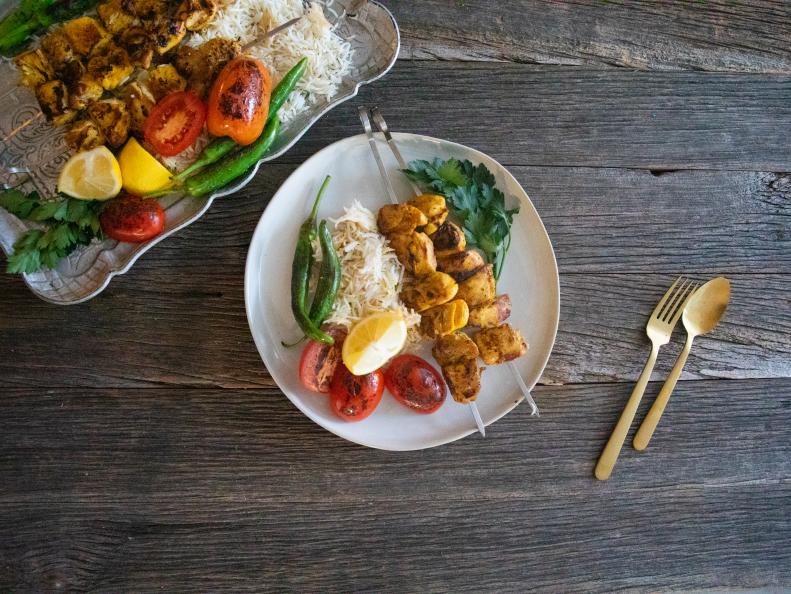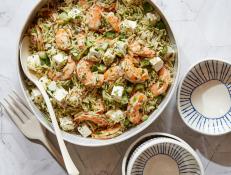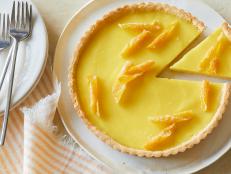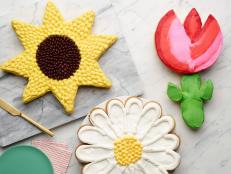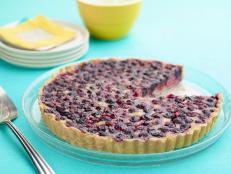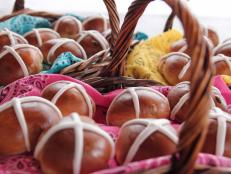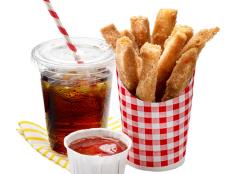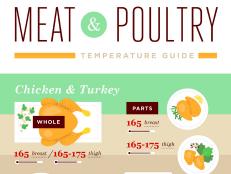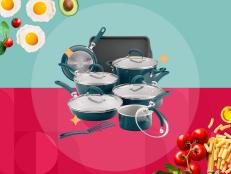Zeytoon Parvardeh
When spring arrives, Iranians set the Haft Seen and cook celebratory meals for welcoming the new season. In Farsi, Nowruz means "new day," and is marked by rituals like eating traditional foods and even spring cleaning.
When you're ready to plan your Nowruz menu, start with this classic Persian marinated olive dish. It's served alongside main courses or as an appetizer or snack, and is loaded with crunchy walnuts and pomegranate seeds, minced garlic and fresh herbs. But the real game changer is pomegranate molasses. This tangy, tart condiment (which is also great in salad dressings, marinades, drinks, and many other preparations) rounds out and elevates all the other ingredients. Zeytoon Parvardeh is traditionally made with local herbs, such as choochagh, which grows wild in the fields of Gilan province in northern Iran. Mint and cilantro make a good substitute.
